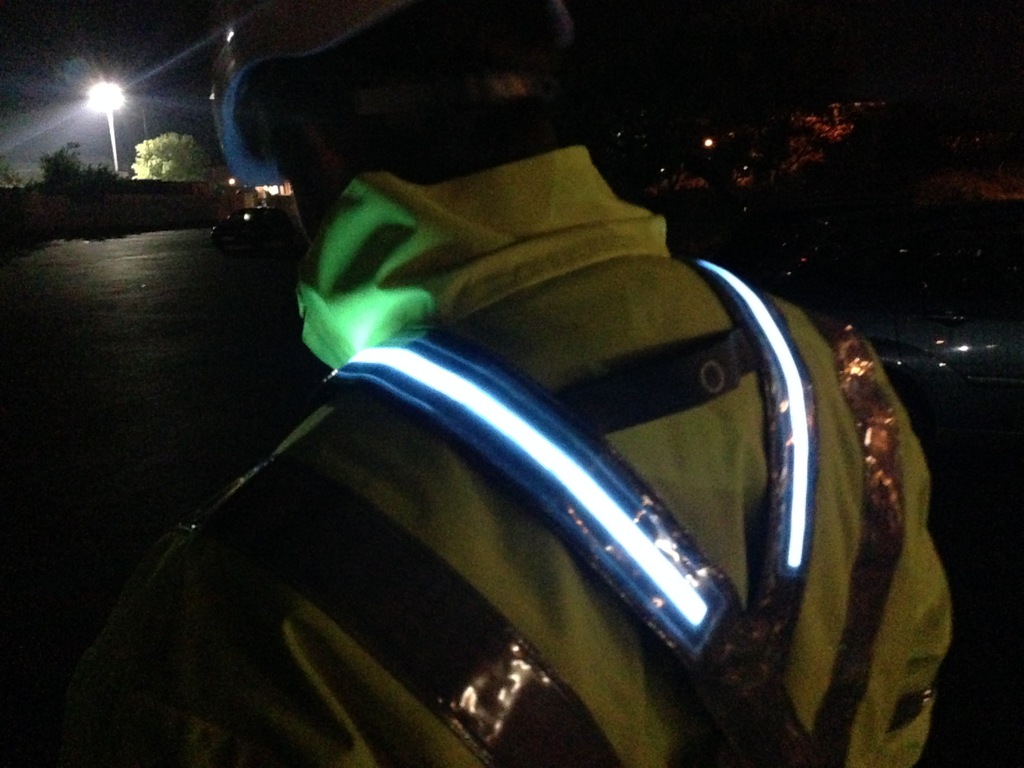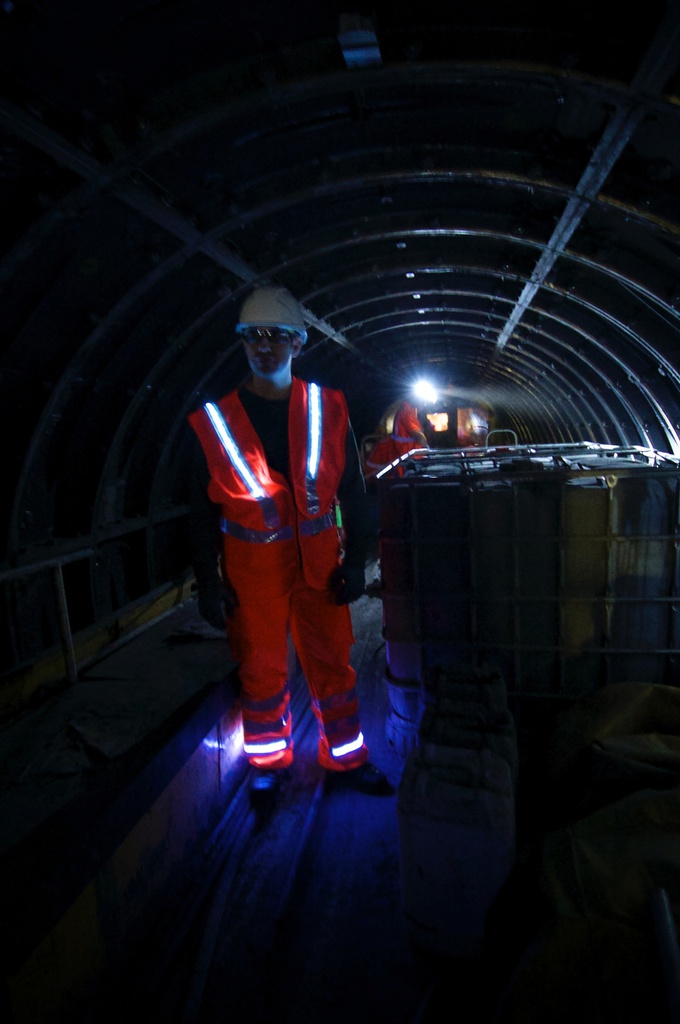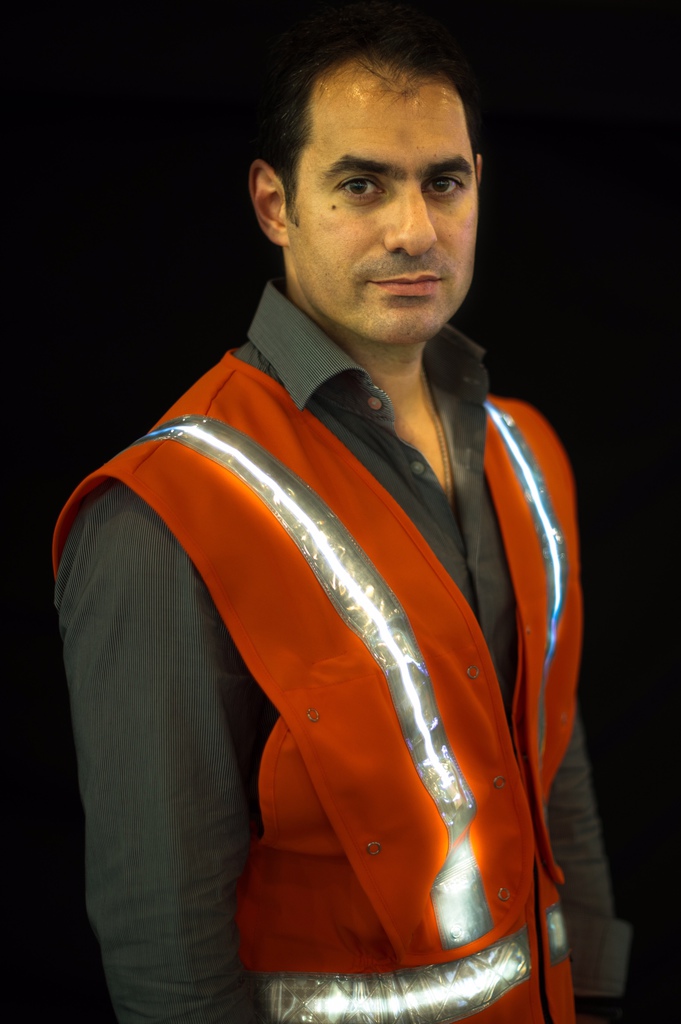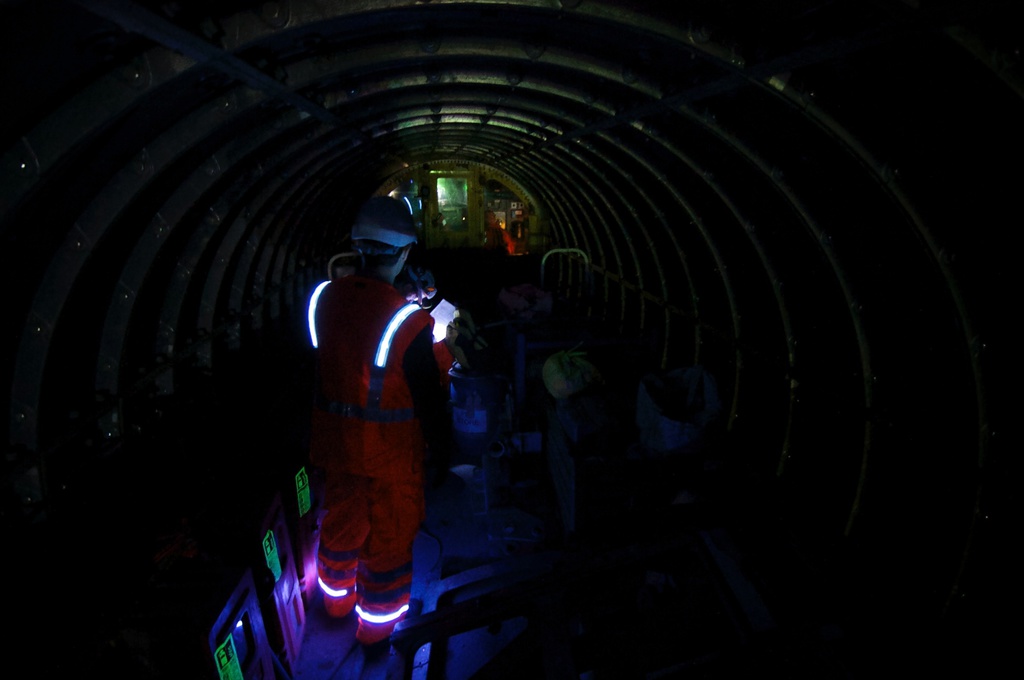
Kelly Rose
Editor

Kelly Rose
Editor
2015 marks an important milestone for the yellow jacket; exactly 50 years ago high visibility clothing was first issued to staff on the tracks of British Rail’s London Midland Region. Half a century on from the first appearance of this iconic jacket, Andrew Kimitri, CEO of Fhoss Technology – a manufacturer of powered light safety wear garments – discusses some of the issues surrounding high visibility clothing and how the construction industry could benefit from new technology in the future.
Since the yellow vest made its debut back in 1965, high visibility clothing has slowly evolved and with the introduction of the EN510 and the EN471 standards, the overall design and effectiveness of the jacket has been improved. The 1974 Health and Safety At Work and the 1992 Personal Protective Equipment At Work regulations have gone a long way to ensuring the jacket’s mainstream use.
Over recent years, however, there has been controversy in the media with regards to high visibility clothing. Critics have argued that with more and more members of the public opting to wear the vests for every day use, they have become less effective for those who require them for professional use.
Nevertheless, the fact remains that the high vis jacket is one of the most important garments that construction workers can wear to protect themselves against potential accidents and there is no doubt that they play a vital role in keeping men and women safe in professional outdoor spaces.
Statistics from the Health and Safety Executive show that since the 1970s there has been an overall downward trend in the number of accidents reported in the construction industry. However, figures also reveal that an estimated 2.3 million working days were lost in 2013/14, 1.7 million due to ill health but as much as 592,000 due to workplace injury*.
Accidents amongst construction workers are therefore still a cause for concern and employers need to take measures to protect their staff wherever possible. Looking at ways to advance the high vis jacket could be one of the answers.
The main problem with the traditional high vis vest is that it requires an additional light source, or ‘ambient light’, for the garment to light up. This can be problematic in many areas of construction spaces where such light is not always available. It is clear that the standard high vis vest needs to evolve so that construction workers – especially those who work in the hours of darkness, or in poor light conditions – can be seen at all times.
Powered light safety wear is a new technology that allows garments to light up without the need for an additional light source. The technology works through the presence of a battery operated electroluminescent core, which actively emits light. This, combined with standard high visibility reflective tape, provides a high visibility garment that, when worn in complete darkness can be seen up to 1.5 miles away.
Some of the major players in construction have already bought into the technology and are now reaping the benefits. David White, logistics manager, Balfour Beatty Rail UK, comments: "Before we introduced these products, our men wore head torches along with traditional PPE. In certain conditions this combination is fine. However, it is not always ideal as it means that workers cannot be seen from behind, especially if there is low ambient light. When our men wear powered light safety wear, they stand out in all light conditions, at all times and from all angles.”
Major construction firm, Aggregate Industries, is also an early adopter of this technology. Danny Taggart, site manager notes: "Unfortunately, there are always going to be some areas of our site where ambient light is not present. However, with powered light safety wear, this doesn’t matter. When wearing their jackets, my men can be seen at all times with or without the presence of an additional light source and from a good distance away.”
It is very encouraging to see that some of the big construction companies are already benefiting from our technology. I feel very strongly that the future of high visibility clothing in the construction industry has to lie in powered light safety wear and it is my personal goal that by 2020 this technology will be common place in Britain’s construction sites.




Stoney Lane
Chantry
Frome
BA11 3LH
UNITED KINGDOM
0845 519 2725